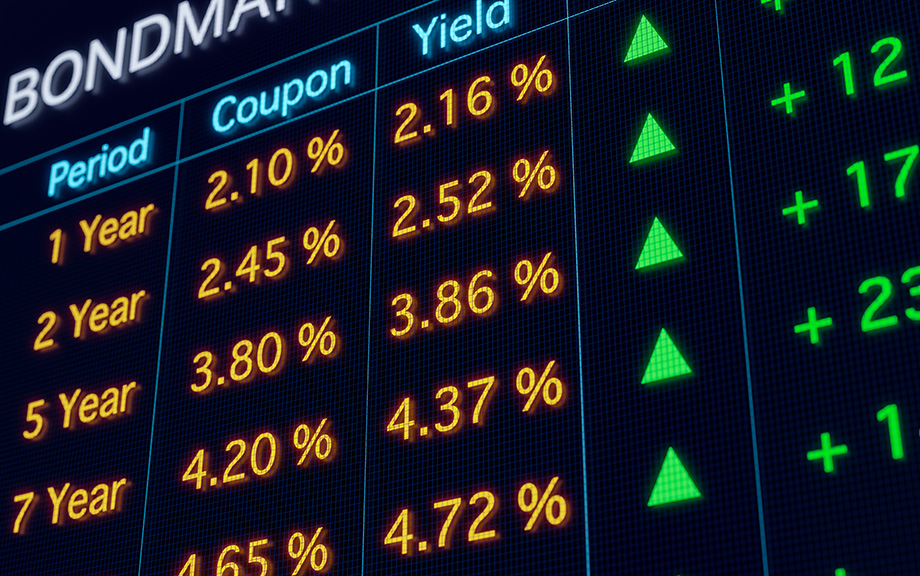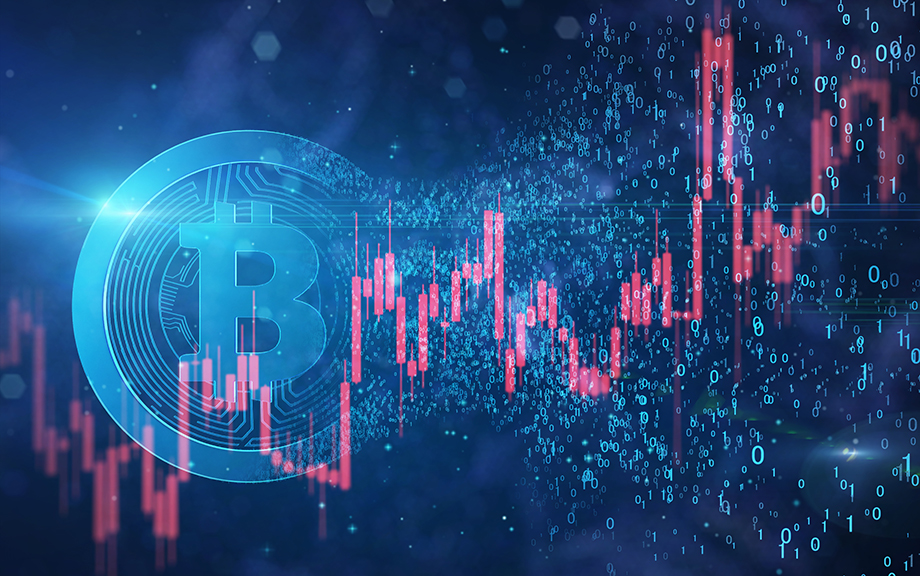Has Treasury Market Liquidity Improved in 2024?

Standard metrics point to an improvement in Treasury market liquidity in 2024 to levels last seen before the start of the current monetary policy tightening cycle. Volatility has also trended down, consistent with the improved liquidity. While at least one market functioning metric has worsened in recent months, that measure is an indirect gauge of market liquidity and suggests a level of current functioning that is far better than at the peak seen during the global financial crisis (GFC).
Bond Funds in the Aftermath of SVB’s Collapse

March 2023 will rightfully be remembered as a period of major turmoil for the U.S. banking industry. In this post, we go beyond banks to analyze how fixed-income, open-end funds (bond funds) fared in the days after the start of the banking crisis. We find that bond funds experienced net outflows each day for almost three weeks after the run on Silicon Valley Bank (SVB), and that these outflows were experienced diffusely across the entire segment. Our preliminary evidence suggests that the outflows from bond funds may have been an unintended consequence of the exceptional measures taken to strengthen the balance sheet of banks during this time.
Leader‑Follower Dynamics in Shareholder Activism

Activist shareholders play a central role in modern corporations, influencing the capital structure, business strategy, and governance of firms. Such “blockholders” range from investors who actively jawbone or break up firms to index funds that are largely passive in that they limit themselves to voting. In between, however, is a key group of blockholders that have historically focused on trading but have embraced activism as an established business strategy in the past few decades. Campaigns involving such “trading” blockholders have become ubiquitous, increasingly targeting large-capitalization firms; further, their attacks feature multiple activists, each with individual stakes that, in isolation, are unable to control targets. In this post, we ask three questions: (1) How do trading activists build stakes before an attack, while anticipating that other investors may have similar incentives? (2) Does the nature of strategic trading change relative to settings where activism is unlikely to occur? (3) Are there trade-offs between trading and the firm’s long-term value?
Are There Too Many Ways to Clear and Settle Secured Financing Transactions?

The New York Fed’s Treasury Market Practices Group (TMPG) recently released a consultative white paper on clearing and settlement processes for secured financing trades (SFT) involving U.S. Treasury securities. The paper describes the many ways that Treasury SFTs are cleared and settled— information that may not be readily available to all market participants. It also identifies potential risk and resiliency issues, and so promotes discussion about whether current practices have room for improvement. This work is timely given the SEC’s ongoing efforts to improve transparency and lower systemic risk in the Treasury market by increasing the prevalence of central clearing. In this post, we summarize the current state of clearing and settlement for Treasury SFTs and highlight some of the key risks described in the white paper.
Is There a Bitcoin–Macro Disconnect?

Cryptocurrencies’ market capitalization has grown rapidly in recent years. This blog post analyzes the role of macro factors as possible drivers of cryptocurrency prices. We take a high-frequency perspective, and we focus on Bitcoin since its market capitalization dwarfs that of all other cryptocurrencies combined. The key finding is that, unlike other asset classes, Bitcoin has not responded significantly to U.S. macro and monetary policy news. This disconnect is puzzling, as unexpected changes in discount rates should, in principle, affect the price of Bitcoin.
How Can Safe Asset Markets Be Fragile?

The market for U.S. Treasury securities experienced extreme stress in March 2020, when prices dropped precipitously (yields spiked) over a period of about two weeks. This was highly unusual, as Treasury prices typically increase during times of stress. Using a theoretical model, we show that markets for safe assets can be fragile due to strategic interactions among investors who hold Treasury securities for their liquidity characteristics. Worried about having to sell at potentially worse prices in the future, such investors may sell preemptively, leading to self-fulfilling “market runs” that are similar to traditional bank runs in some respects.
Up on Main Street

The Main Street Lending Program was the last of the facilities launched by the Fed and Treasury to support the flow of credit during the COVID-19 pandemic of 2020-21. The others primarily targeted Wall Street borrowers; Main Street was for smaller firms that rely more on banks for credit. It was a complicated program that worked by purchasing loans and sharing risk with lenders. Despite its delayed launch, Main Street purchased more debt than any other facility and was accelerating when it closed in January 2021. This post first locates Main Street in the constellation of COVID-19 credit programs, then looks in detail at its design and usage with an eye toward any future programs.
How Has Post‑Crisis Banking Regulation Affected Hedge Funds and Prime Brokers?

“Arbitrageurs” such as hedge funds play a key role in the efficiency of financial markets. They compare closely related assets, then buy the relatively cheap one and sell the relatively expensive one, thereby driving the prices of the assets closer together. For executing trades and other services, hedge funds rely on prime brokers and broker-dealers. In a previous Liberty Street Economics blog post, we argued that post-crisis changes to regulation and market structure have increased the costs of arbitrage activity, potentially contributing to the persistent deviations in the prices of closely related assets since the 2007–09 financial crisis. In this post, we document how post-crisis changes to bank regulations have affected the relationship between hedge funds and broker-dealers.












 RSS Feed
RSS Feed Follow Liberty Street Economics
Follow Liberty Street Economics